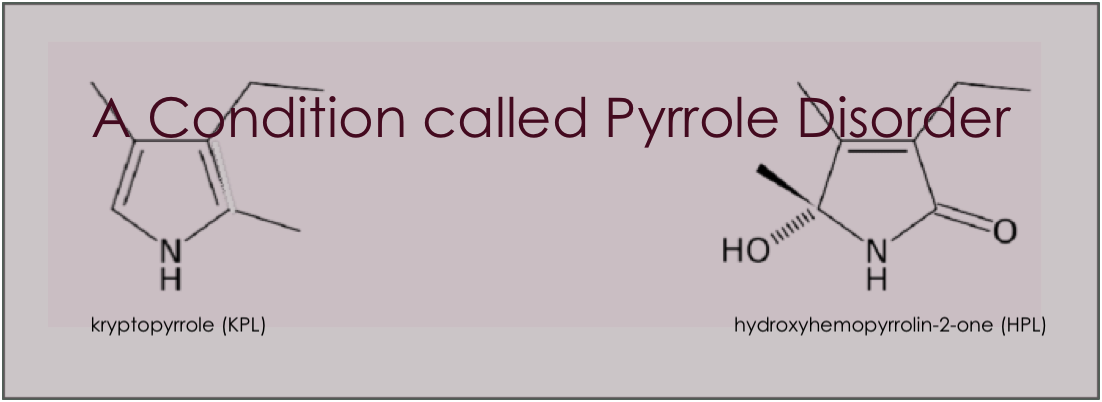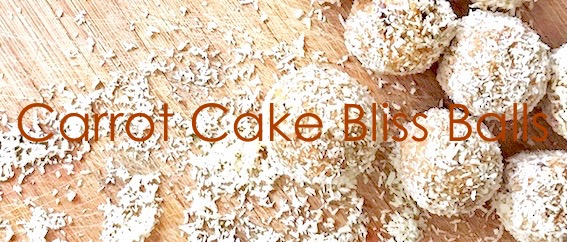Hello all Scott here again.
Following on from my last post I thought I would talk about something called “Pyrrole disorder” or Pyroluria.
So what is pyrrole disorder?
Pyroluria, or pyrrole disorder, is a condition caused by stress. It develops when there are too many pyrrole molecules in your body.
Hydroxyhemopyrrolin-2-one (HPL) is a molecule naturally excreted via urine. Some people may excrete more HPL (pyrroles) than others. Previously called elevated HPL, this condition is now known as pyrrole disorder.
Pyrrole molecules don’t serve any important function in the body. However, an excessive amount can deplete the body of certain vitamins and minerals before they are able to be absorbed.
This means that these nutrients, mostly zinc and B6, become depleted in the body. This in turn leads to an excess of copper because copper and zinc are linked and the levels of one affect the other.
The result of this is noticeable shifts in mood.
Pyrrole disorder has been known to have symptoms including anxiety, depression and even schizophrenia.
How is it diagnosed?
The condition has many and varied signs and symptoms, making it impossible to diagnose from history and observation alone. It is often mistaken for bipolar disorder. This is due to the variations of mood changes, which can range from mania to depression over a period of weeks.
There is also pathology testing which includes a urine assessment called a kryptopyrrole test. This test identifies how many HPL molecules you have in your body. An excessive amount may indicate pyrrole disorder.
What are some common symptoms?
This disorder is thought to affect around 10% of the population with the most likely cause being genetics.
Common symptoms include –
- sensitivity to light or sound
- irritable bowel syndrome
- mood swings / a propensity to anger easily for insufficient reason
- memory loss / poor short-term memory
- feelings of anxiety / depression
- Insomnia / fatigue
The severity of symptoms can be affected by stressful or traumatic situations and/or poor diet as well as allergies.
How is it treated?
Research on this subject is still ongoing and new things are being discovered about it all the time.
At this stage there appears to be no cure as such for Pyrrole disorder. However, given the role of HPL molecules in removing vitamin B6 and zinc from the body, it has been found that supplementing these micronutrients can help treat pyrrole disorder.
Most therapies focus on a holistic approach that addresses nutrition, stress, and lifestyle.
I hope you found this information interesting.
Till the next post,
Live clean n prosper
(Sources – Nutrient Power by Dr William J. Walsh, The Science of Psychotherapy )


